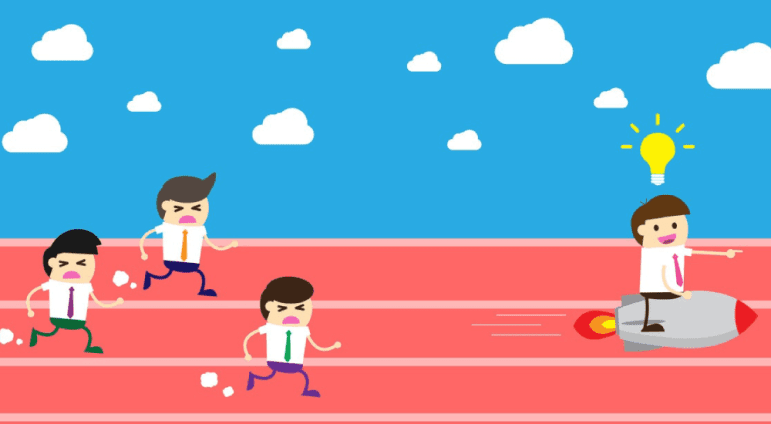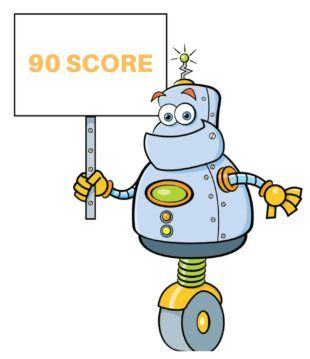

These days, many people are taking IELTS and PTE exams for university entrance or to obtain visas to Australia or New Zealand. Understandably, candidates often want to know which English proficiency test requires the least amount of work. Sometimes this can be a tricky question as both are difficult exams, but in this case the results seem to point to PTE. Below we consider the reasons for this recommendation.
If you are considering switching, you should look at the below equivalency table to see what scores you will need if you decide to sit for the alternative test.

Firstly, and most obviously, PTE is typed, and most people are more accustomed to typing
these days. This means that they will feel more comfortable sitting a computer-based exam than having to adapt to writing with a pencil. They will also be able to type more quickly, and this will allow them more checking time in the writing section. Also, there are no issues with handwriting or erasing mistakes. Mistakes can easily be erased and essays reorganised using cut, copy and paste.

However, with the advent of computer-delivered IELTS, this advantage is less relevant, assuming students live in a country which offers the computer-delivered IELTS option. Another benefit to PTE is the relative generosity of the computer examiner in the marking section. We always advise students struggling with IELTS writing to take PTE as most test-takers seem to attain significantly higher scores in this section. Achieving an 8.0 or 9.0 in IELTS appears more of a challenge than in PTE. We now have two PTE students who have achieved perfect 90s in the four language skills, and this is very rare for foreign language students taking IELTS.
In addition, many students find the IELTS speaking test overly stressful due to its face-to-face interview format. Being tested in this way by an examiner is more likely to increase stress levels unduly. Many students perform less well in speaking exams when stressed in this way.

Another advantage of PTE is the speed at which you get your results back. IELTS candidates wait 14 days for the paper-based test results and 5 to 7 with the computer test. PTE results seem to come through within 2-5 days. This reduces that painful waiting period and allows the student to quickly decide on their next move.
We only usually recommend taking IELTS over PTE if the student has issues with computers. Additionally, if they have excellent grammar but face challenges in speaking we advise PTE. I believe PTE to be slightly harder in the speaking section with some students attaining significantly lower scores in this part of the exam. The PTE test does seem to mark certain students’ voices harshly. However, this does not seem to be related to any particular accent.
In our experience, the structure and format of PTE exam means that it is easier for students to improve on their scores. Repeated practice of PTE question types along with a good preparation course seem to yield more significant increases in scores when compared to IELTS. IELTS seems to be more accurate as a test of the student’s vocabulary, collocation, and grammar. Unfortunately, for many candidates this means that improving writing scores involves reviewing much of the grammar forgotten from their school days, and this really can take a long time in some cases. That is why for those with limited time we recommend taking the PTE test.
